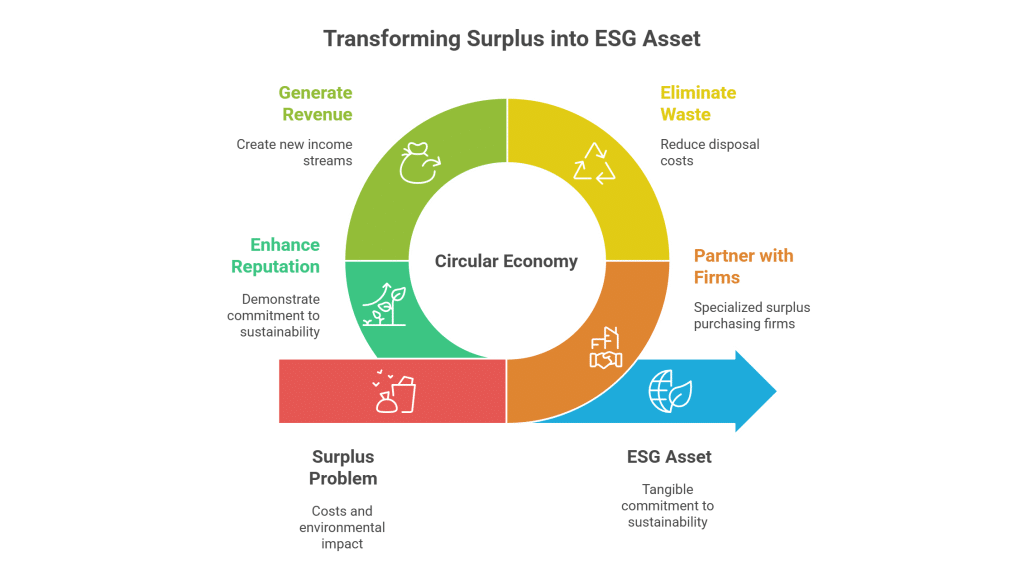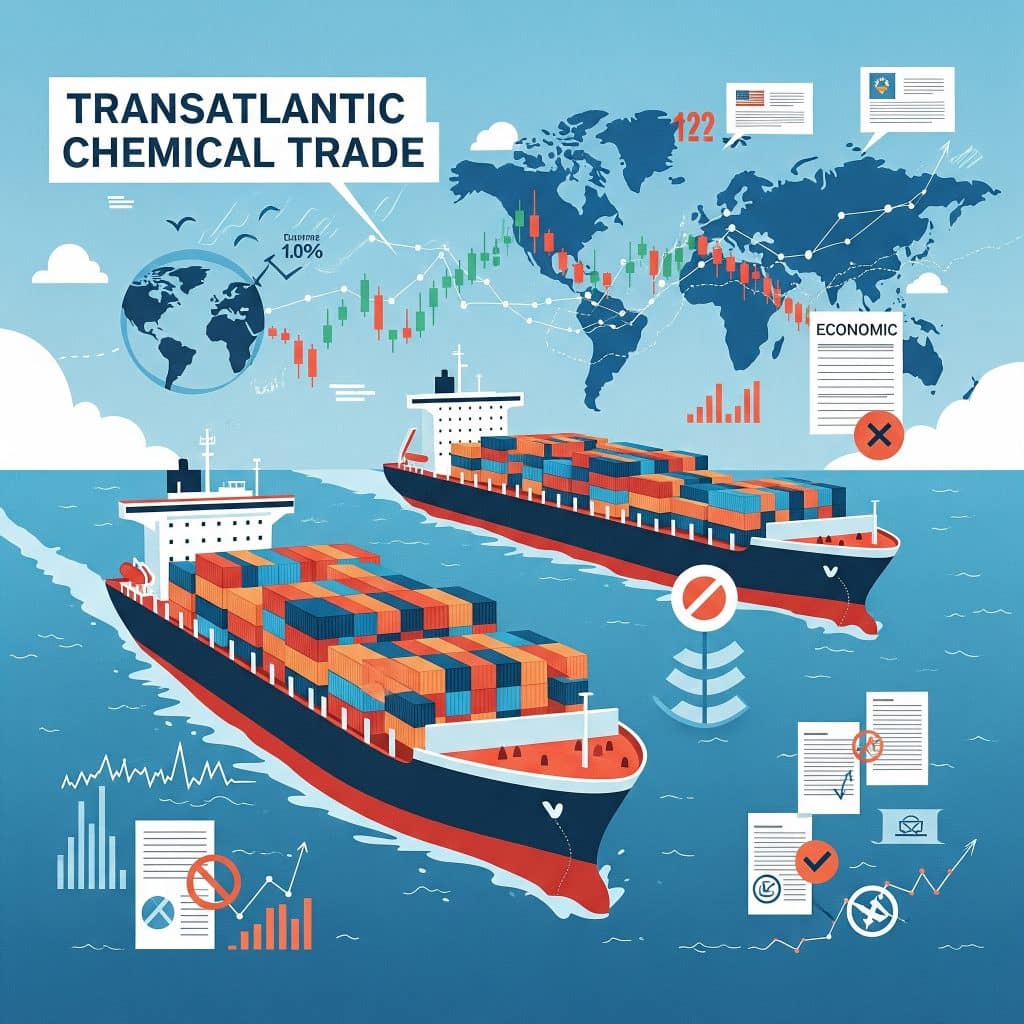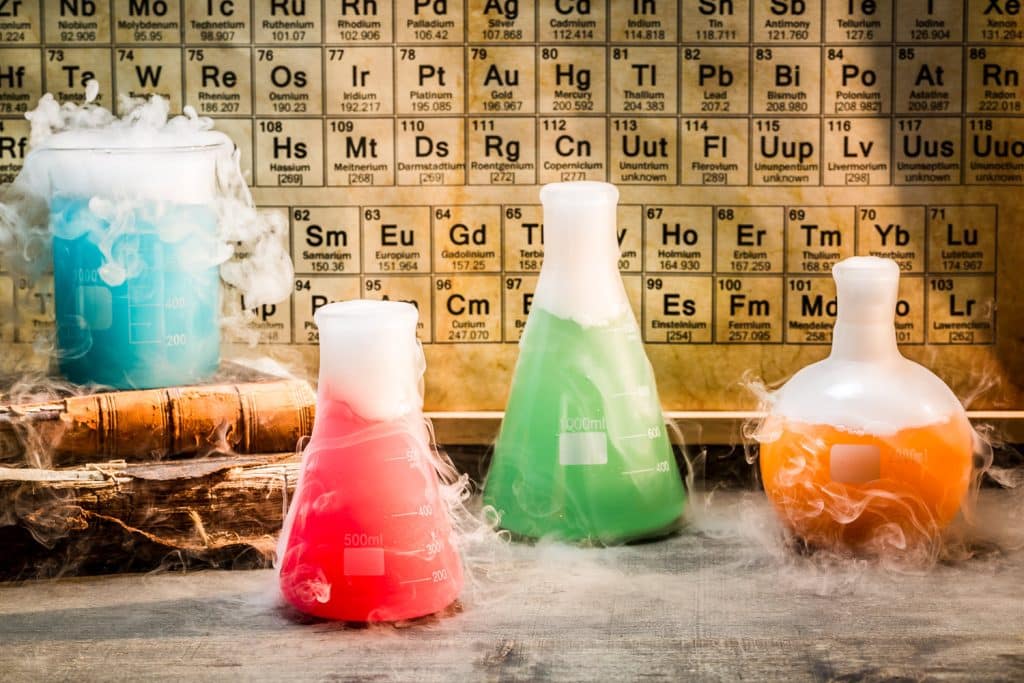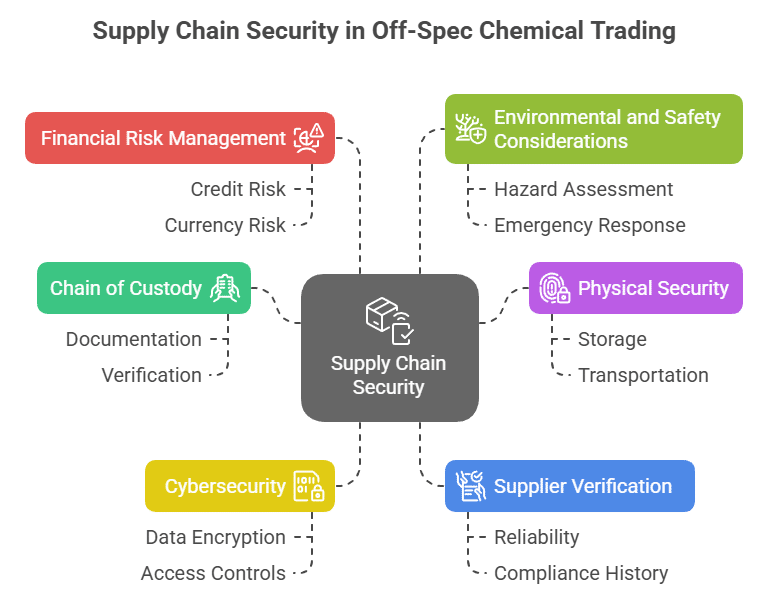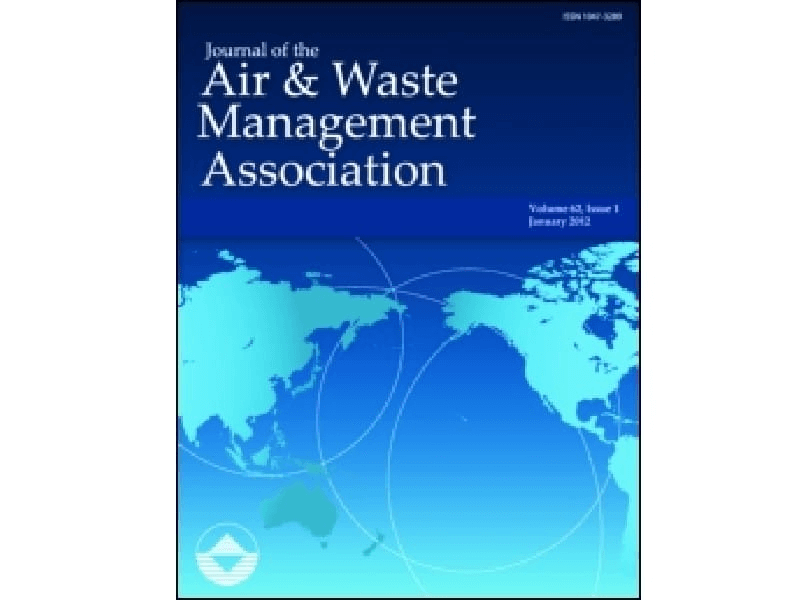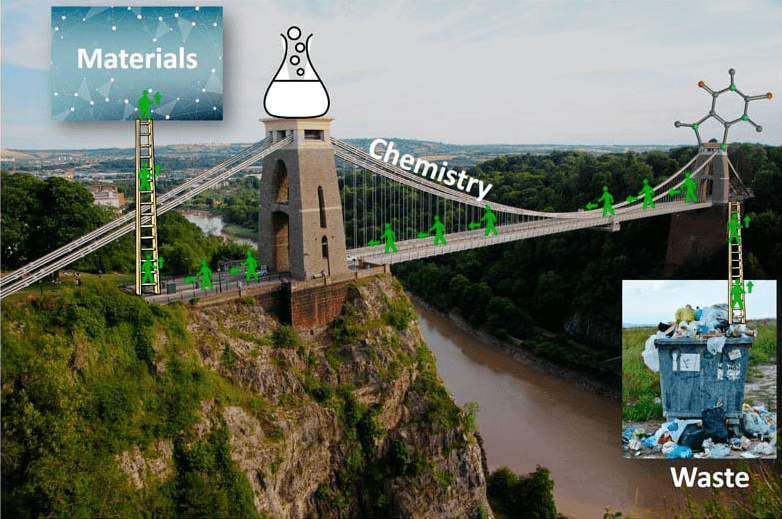Transforming Surplus Sodium Tungstate into Value for Catalysts & Metal Treatment
Sodium Tungstate is a vital chemical ingredient, renowned for its effectiveness as a catalyst and its role in advanced metal treatment processes. With its high purity and consistent quality, this compound is essential in industrial applications ranging from corrosion inhibition to enhancing the efficiency of catalytic reactions. However, variations in production volumes or unexpected surplus inventory can leave companies with excess Sodium Tungstate. Recognizing the potential in this surplus, many businesses are now embracing innovative ways to convert inventory buildup into valuable assets, turning what was once considered waste into an opportunity for growth and sustainability.
Sodium Tungstate in Catalysts & Metal Treatment - Surplus Chemical Trading Benefits
The trading of surplus Sodium Tungstate offers significant benefits to both buyers and sellers within the catalysts and metal treatment sector. For sellers, offloading excess inventory not only provides financial relief by recovering costs and freeing up storage space, but it also avoids expensive disposal methods that often come with environmental penalties. On the other hand, buyers acquire high-quality chemical materials at competitive prices, ensuring continuous production and process improvements. This system supports environmentally responsible practices by promoting the reuse of chemicals and reducing harmful waste streams. Ultimately, surplus chemical trading creates a win-win situation, enabling companies to profit from otherwise idle inventory while contributing positively to sustainability and regulatory compliance.
Looking to buy or sell surplus Sodium Tungstate?
Our specialized marketplace connects verified buyers and sellers of excess or second-hand Sodium Tungstate, streamlining bulk transactions. Benefit from competitive pricing, efficient inventory management, and sustainable solutions for your chemical sourcing needs.
Businesses likely to have excess or surplus Sodium Tungstate include:
- Chemical Manufacturers & Distributors: Companies involved in producing Sodium Tungstate or related tungsten chemicals, especially after production overruns or canceled orders.
- Mining and Metallurgical Firms: Companies utilizing Sodium Tungstate for mineral processing or metal treatments, often accumulating unused inventory.
- Industrial Laboratories and R&D Facilities: Organizations involved in experimental or pilot projects, leaving behind surplus quantities when projects conclude.
- Catalyst and Pigment Producers: Businesses manufacturing catalysts, pigments, or coatings, where Sodium Tungstate is commonly used, leading to surplus after shifts in production processes.
- Pharmaceutical & Agricultural Chemical Companies: Firms using Sodium Tungstate in formulations or production processes, potentially generating surplus through changed product specifications or reduced demand.
- Waste Management & Inventory Recovery Services: Organizations managing inventory liquidation or recycling initiatives, often holding Sodium Tungstate stocks reclaimed from industrial sites or closed facilities.
These industries frequently generate excess stock due to process adjustments, market shifts, discontinued products, or inventory optimization efforts.
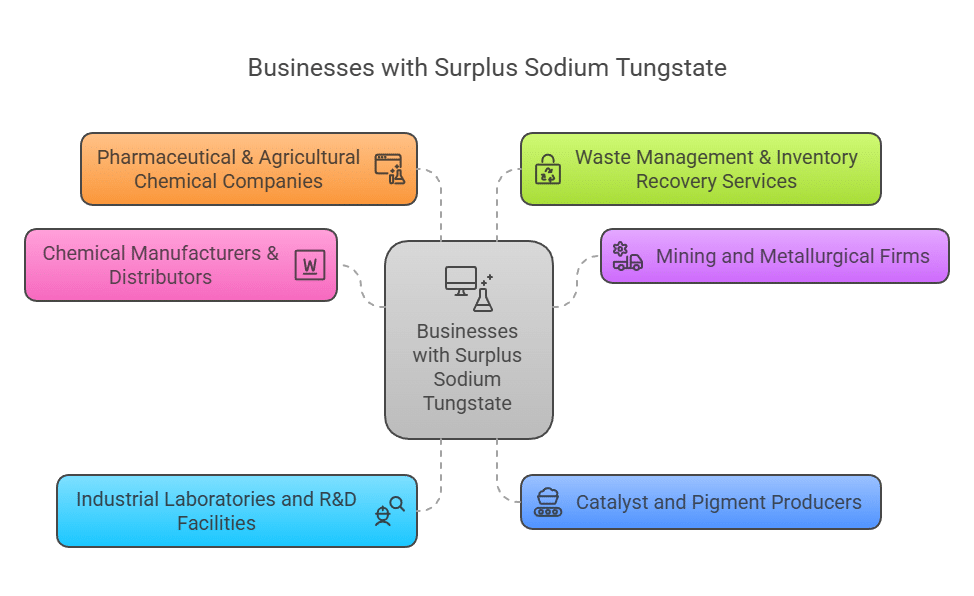
Sodium Tungstate in Catalysts & Metal Treatment
Buyers benefit from acquiring surplus Sodium Tungstate through cost savings and improved supply chain reliability. With lower procurement costs, companies can invest more in research and development, optimize process parameters, and enhance overall product quality. The chemical’s high performance allows for reduced downtime and increased operational efficiency. Additionally, purchasing surplus inventory translates to a sustainable choice, as it reduces the environmental impact associated with the production of new materials.
Sellers enjoy the advantages of turning surplus inventory into a profitable asset. This strategy helps companies manage storage constraints and eliminates the financial burdens related to excess stocks. By selling unused Sodium Tungstate, businesses not only recoup valuable capital but also benefit from improved operational liquidity. Furthermore, trading surplus chemicals underscores a company’s commitment to sustainability by reducing chemical waste and supporting environmental recycling efforts.
Table of Contents
Optimizing Inventory: A Surplus Trading Success Story
In a recent case study, a prominent chemical manufacturer found that its stockpile of Sodium Tungstate was growing due to an unexpected dip in production demands. Faced with escalating storage costs and looming disposal expenses, the company chose an innovative solution: trade its surplus chemical through a dedicated trading platform. As a result, the surplus inventory not only generated significant cash returns but was also acquired by a smaller firm specializing in metal treatment. The buyer, in turn, integrated the chemical into their corrosion prevention processes, which subsequently enhanced product durability and reduced operational costs. This transaction ultimately demonstrated that surplus inventory could be transformed into a strategic asset, delivering dual benefits of sustainability and profitability while streamlining the overall supply chain efficiency in the catalysts and metal treatment sector.

